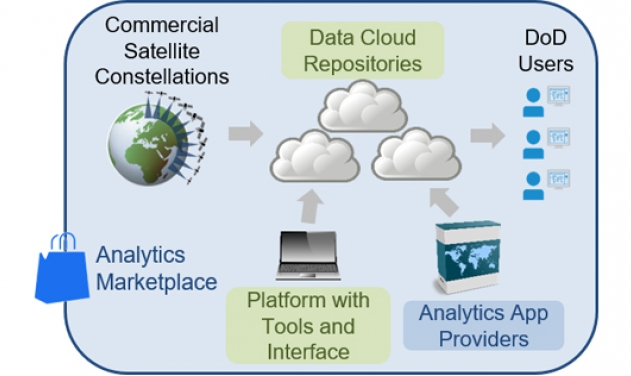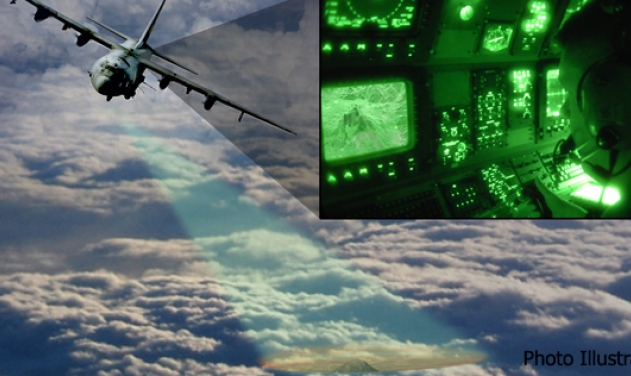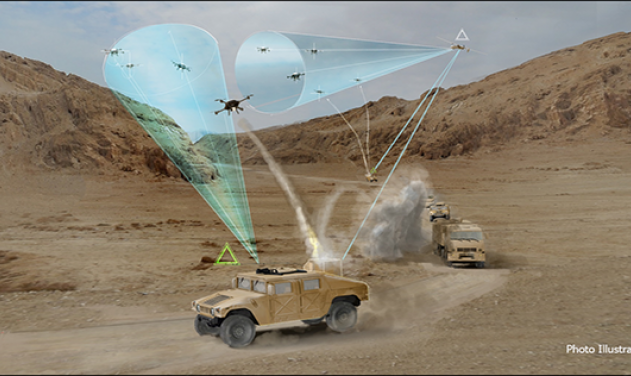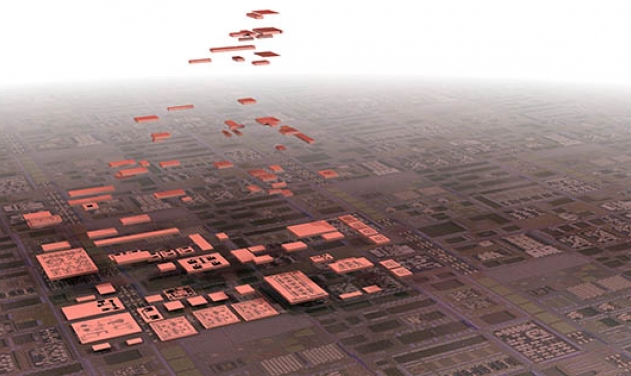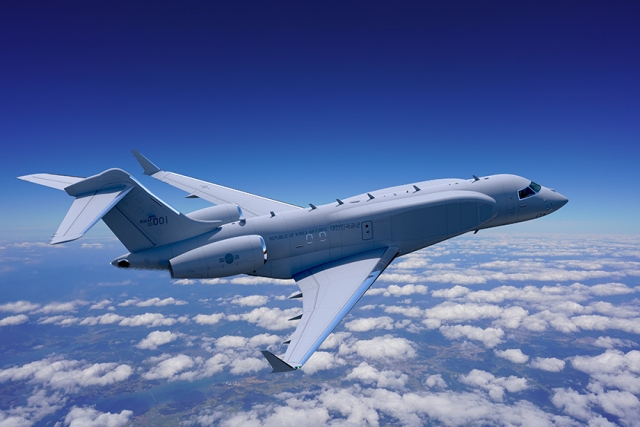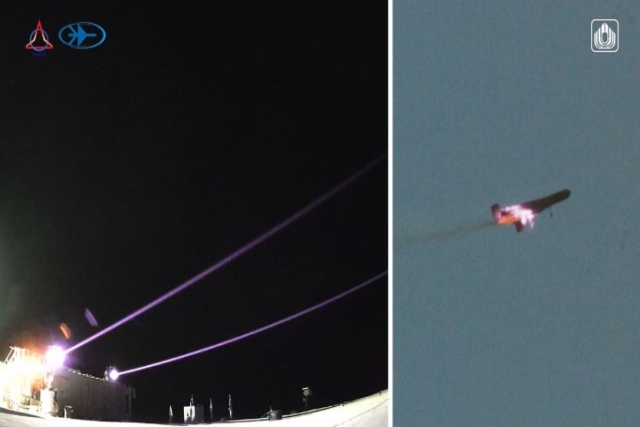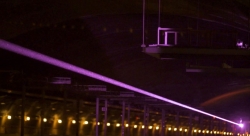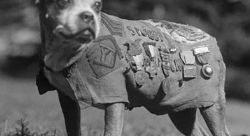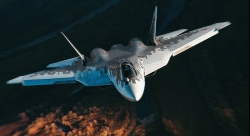DARPA Issues RFI Seeking Solutions To Augment Military-Civilian Operations Underground

The US Defense Advanced Research Projects Agency (DARPA) has issued a Request for Information (RFI) seeking concepts for novel systems and component technologies to disruptively augment military and civilian operations underground.
According to the press release, DARPA is looking for state-of-the-art technologies that could enable future systems to rapidly map and navigate unknown complex subterranean environments to locate objects of interest.
“In many ways, subterranean environments have remained an untapped domain in terms of developing breakthrough technologies for national security,” said Timothy Chung, program manager in DARPA’s Tactical Technology Office (TTO). “We’re looking for audacious ideas on how to overcome the multi-faceted challenges these locations present—poor visibility and communications, difficult access, and unpredictable terrain among them—and provide previously unimaginable capabilities for warfighters and emergency responders.”
The release states that DARPA is tapping disruptive concepts, approaches, architectures, and technologies that overwhelmingly outperform current approaches for manually and laboriously mapping and searching subterranean environments in terms of map resolution, navigation speed, search fidelity, systems cost, etc. Additionally, responses detailing existing models (e.g., appropriate for high-fidelity simulation) of underground terrains, relevant sensors, and/or platforms are also of interest.
DARPA is interested in both integrated solutions as well as novel component technologies capable of in-situ mapping and navigating rugged and dynamic terrains; sensors and computation for perception in austere conditions, such as low-light or obscured settings; distributed information sharing in degraded communications environments, particularly in unknown structural or geological surroundings; and advanced autonomous capabilities and platform design innovations enabling extended operations with minimal human intervention.
Responses should highlight unique and revolutionary capabilities as they pertain to subterranean environments, such as in technology focus areas of autonomy, perception, networking, and mobility.
military and civilian operations underground

